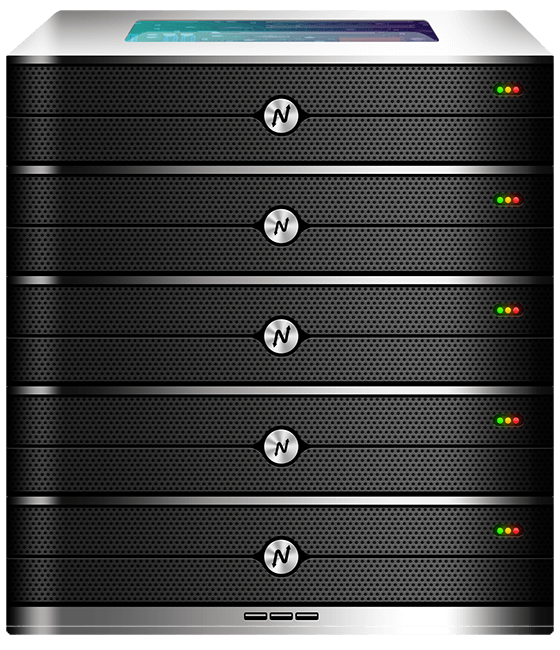In India’s thriving digital landscape, understanding the difference between html and xml is essential for web developers, businesses, and IT professionals building robust websites and applications. XenaxCloud (https://xenaxcloud.com/), with its India-based data centers, offers hosting solutions with a 99.5% uptime guarantee, perfect for hosting HTML and XML-based projects.
This guide explores xml vs html, compare html and xml, and how XenaxCloud’s hosting—shared hosting (https://xenaxcloud.com/shared-hosting/), VPS (https://xenaxcloud.com/vps-server/), and cPanel reseller hosting (https://xenaxcloud.com/reseller-hosting/)—supports web development. Optimized for SEO with keywords difference between html and xml, xml vs html, and compare html and xml, this article avoids pricing and money-back guarantees, focusing on features and benefits.
What is HTML?
HTML (HyperText Markup Language) is the backbone of web content, used to:
- Structure Websites: Defines elements like headings, paragraphs, and images.
- Display Content: Uses predefined tags (e.g.,
<p>,<h1>). - Enable Interactivity: Supports scripts like JavaScript.
XenaxCloud’s shared hosting (https://xenaxcloud.com/shared-hosting/) is ideal for HTML-based websites with one-click CMS installs.
What is XML?
XML (Extensible Markup Language) is designed to:
- Store and Transport Data: Uses custom tags for structured data.
- Enable Integration: Supports APIs and data exchange.
- Ensure Flexibility: No predefined tags, unlike HTML.
XenaxCloud’s VPS (https://xenaxcloud.com/vps-server/) supports XML-based applications with custom configurations.
Difference Between HTML and XML
Compare html and xml:
- Purpose: HTML displays web content; XML stores and transports data.
- Tags: HTML uses predefined tags; XML allows custom tags.
- Structure: HTML focuses on presentation; XML emphasizes data organization.
- Usage: HTML for websites; XML for APIs and data exchange.
XenaxCloud’s hosting supports both HTML and XML projects seamlessly.
Why India-Based Hosting for HTML and XML?
XenaxCloud’s India-based data centers offer:
- Low Latency: Faster load times for Indian users.
- SEO Advantage: Local servers boost search rankings.
- Compliance: Adheres to India’s Digital Personal Data Protection Act.
- Support: 24/7 assistance in IST.
This makes XenaxCloud ideal for difference between html and xml projects.
XenaxCloud’s Hosting Features for Web Development
XenaxCloud supports xml vs html development with:
- Shared Hosting (https://xenaxcloud.com/shared-hosting/): One-click CMS for HTML sites.
- VPS Hosting (https://xenaxcloud.com/vps-server/): Custom setups for XML applications.
- Dedicated Servers (https://xenaxcloud.com/dedicated-server/): High-performance needs.
- Indian RDP (https://xenaxcloud.com/indian-rdp/): Secure development access.
- Domains (https://xenaxcloud.com/domain/): Professional domain names.
- cPanel Reseller Hosting (https://xenaxcloud.com/reseller-hosting/): Manage client projects.
- Free SSL and DDoS Protection: Secure websites and data.
Features include SSD storage, unmetered bandwidth, and JetBackup.
How XenaxCloud Enhances HTML and XML Development
XenaxCloud’s hosting offers:
- One-Click CMS Installs: Deploy HTML-based WordPress or Joomla.
- Custom Environments: Configure XML APIs on VPS.
- Security: Free SSL and DDoS protection for safe development.
- Backups: JetBackup for data recovery.
Use Indian RDP (https://xenaxcloud.com/indian-rdp/) for secure management.
Comparing XenaxCloud with Competitors
XenaxCloud vs. competitors for difference between html and xml hosting:
- Hostinger: Affordable but limited India-specific optimizations.
- Bluehost India: Reliable for HTML, but XenaxCloud’s VPS excels for XML.
- MilesWeb: Good performance, but XenaxCloud’s 99.5% uptime stands out.
XenaxCloud leads for xml vs html projects.
Integrating HTML and XML with XenaxCloud’s Ecosystem
XenaxCloud integrates:
- Shared Hosting: HTML websites with CMS support.
- VPS Hosting: XML-based applications and APIs.
- Dedicated Servers: High-traffic HTML/XML projects.
- Indian RDP: Secure development access.
- Domains: Professional domain names.
- cPanel Reseller Hosting: Manage client HTML/XML sites.
This ecosystem supports robust web development.
Getting Started with XenaxCloud for HTML and XML Projects
- Visit https://xenaxcloud.com/ and select a hosting plan.
- Register a domain (https://xenaxcloud.com/domain/).
- Deploy HTML sites or XML APIs via cPanel or VPS.
- Request free migration for existing projects.
Our 24/7 IST support ensures a smooth setup.

FAQs
What is the difference between HTML and XML?
Answer: HTML structures web content with predefined tags; XML stores data with custom tags, supported by XenaxCloud’s hosting.
How does XenaxCloud support HTML and XML?
Answer: Shared hosting for HTML sites and VPS for XML APIs, with a 99.5% uptime guarantee.
What is XML vs HTML usage?
Answer: HTML is for website display; XML is for data storage and exchange, both hosted by XenaxCloud.
Why choose XenaxCloud for web development?
Answer: India-based servers, SSD storage, and free SSL ensure performance for difference between html and xml projects.
Can I manage development remotely?
Answer: Yes, with Indian RDP (https://xenaxcloud.com/indian-rdp/) for secure access.
Does XenaxCloud support CMS for HTML sites?
Answer: Yes, one-click WordPress installs via shared hosting (https://xenaxcloud.com/shared-hosting/).
What security features are included?
Answer: Free SSL, DDoS protection, and JetBackup ensure safe HTML/XML projects.
Conclusion
Understanding the difference between html and xml is key to web development. XenaxCloud’s India-based hosting, with a 99.5% uptime guarantee, supports HTML and XML projects seamlessly. Visit https://xenaxcloud.com/ to start today.






